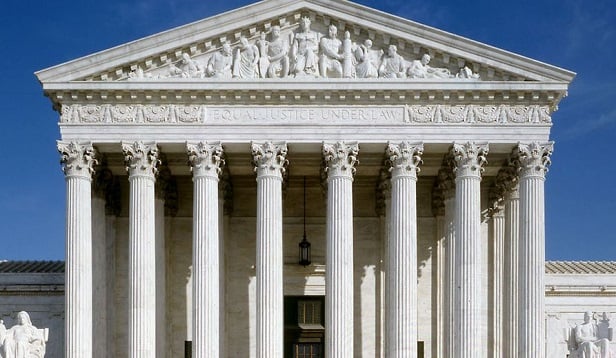 Claude Sirois
Claude Sirois South Dakota v. Wayfair
South Dakota v. Wayfair overturned the court's 1992 decisionA Game Changer?
Colliers Chief Economist Andrew NelsonWhat Sales Tax Holiday?
University of Richmond tax law expert Hayes HoldernessChallenges In Both Camps
James M. Rishwain, Jr.© Touchpoint Markets, All Rights Reserved. Request academic re-use from www.copyright.com. All other uses, submit a request to [email protected]. For more inforrmation visit Asset & Logo Licensing.







